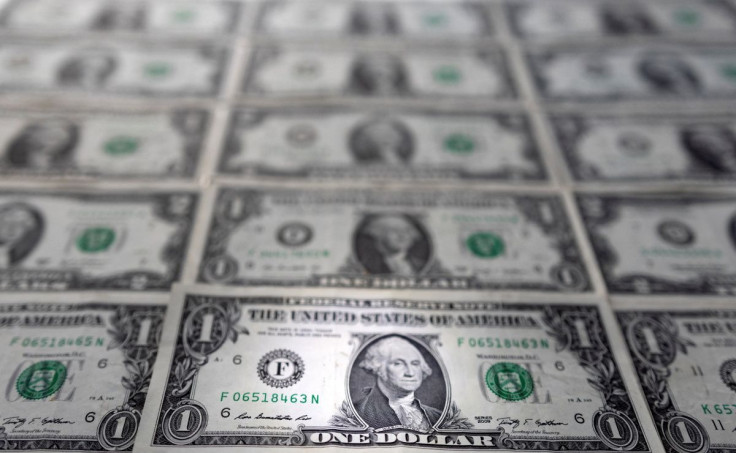Dollar Perched At Two-decade High On Weak China Data

The U.S. dollar consolidated gains near a two-decade peak on Monday as poor Chinese economic data hurt cyclical currencies including the British pound and the Australian dollar lower.
While expectations of a hawkish Federal Reserve have been instrumental in fuelling a dollar rally that has seen a broad index gain nearly 10% so far this year, the latest episode of dollar gains has been driven by extended lockdowns in China.
China's retail and factory activity fell sharply in April as wide COVID-19 lockdowns confined workers and consumers to their homes.. The offshore Chinese yuan held near a September 2020 low of 6.8380 yuan hit last week.
"Increasingly, the risk is that zero-COVID (policy in China) may stay in place even past the party conference in the third quarter and into the winter season," Barclays strategists said in a note downgrading its forecasts for the euro and the yuan for the rest of 2022.
"As such, it may lead to persistent mobility restrictions, as Omicron is notoriously difficult to contain."
The dollar index was at 104.57, having briefly crossed the 105 level on Friday, its highest since December 2002, after six successive weeks of gains.
The euro was at $1.0395 on Monday morning, slightly lower, and only just above the $1.0354 level it hit on Thursday, its lowest since early 2017. Analysts expect the $1.0340 level as a crucial level of support for the euro.
HSBC strategists expect the euro to fall to parity against the dollar in the coming year. "Much weaker growth and much higher inflation leave the ECB facing one of the toughest policy challenges in G10 (central banks)," they said.
Moves were sharper in the Australian dollar, which fell 0.68%, which is most exposed to the Chinese economy.
Crypto markets, which trade around the clock, had a quiet weekend after turmoil last week driven by TerraUSD, a so-called stablecoin, broke its dollar peg though it retraced its gains in early trading on Monday
Bitcoin was trading at around $29,500, down more than 5%, having dropped to $25,400 on Thursday, its lowest since December 2020.
© Copyright Thomson Reuters 2024. All rights reserved.




















